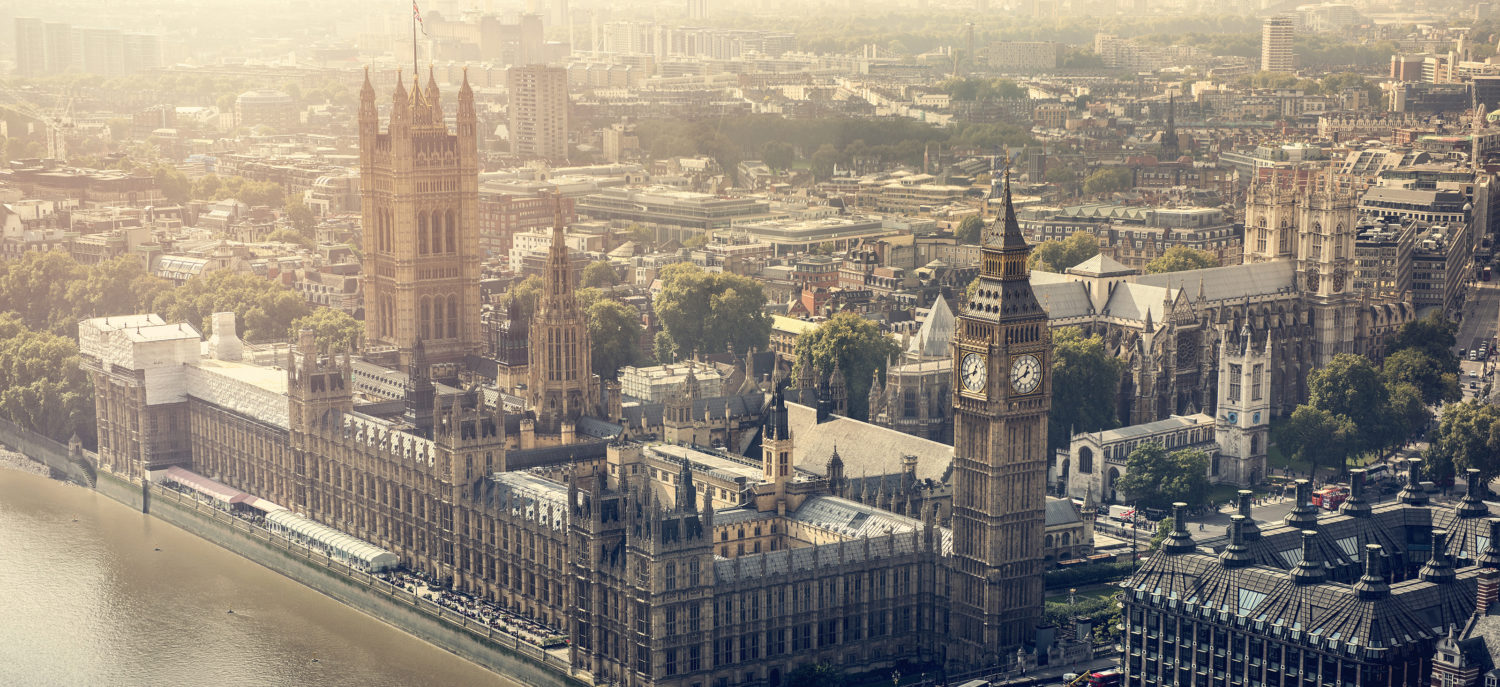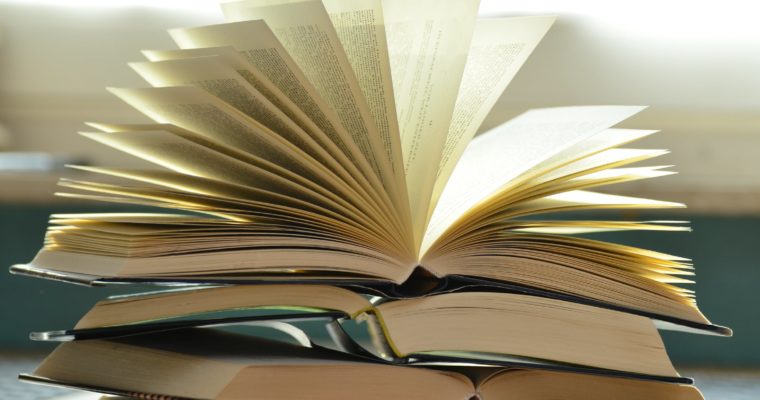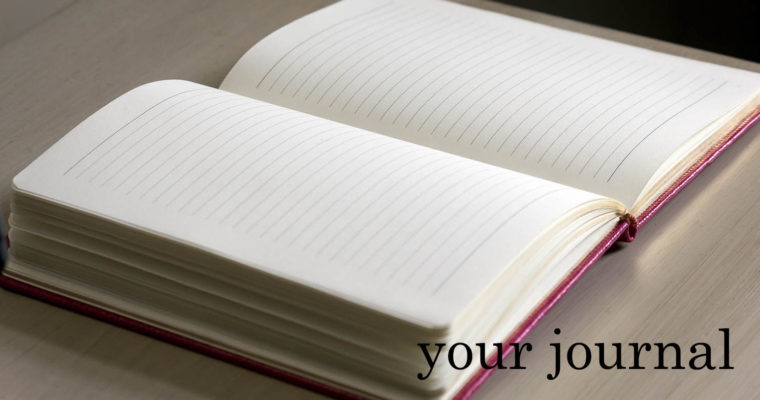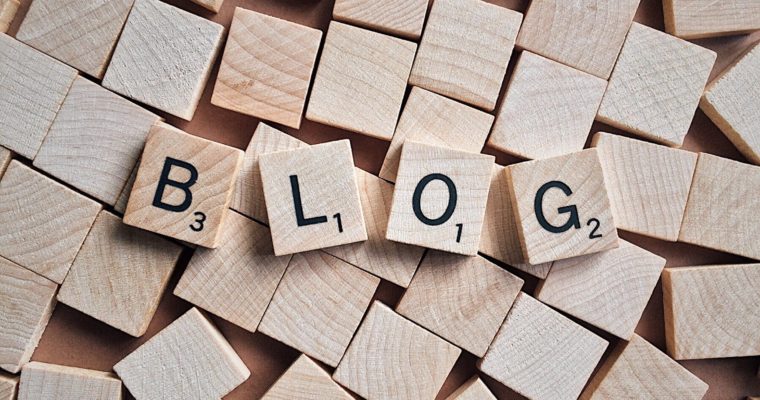Course Home
Welcome to our course website for Nineteenth-Century Literature in England, a Duquesne University Summer 2018 Study Abroad class. This webpage will serve as a central hub for your discussion posts and for our reading.
This page contains your assignments for your:
To view our blog posts by your fellow students, use the “Blog” link in the menu above or click HERE.
Blog Assignment
Read all about our blog assignment here. (For a PDF of the assignment, click here)
For quick reference here are the response prompts:
Blog Reading Response Prompts
List A: Choose TWO of the following three prompts:
- Write a reading response to Pride and Prejudice. For this response you can EITHER choose a short but significant scene or passage from this novel and write a close-reading response in which you analyze the significance of this passage in the novel as a whole. Pay attention to language, point of view, tone, characterization, setting, and other elements of the author’s writing to help you offer your own interpretation of what you think is interesting in this scene. OR you can identify one aspect of the novel to analyze. This might be a thematic element, a pattern of images, narrative point of view, a way in which the novel seems to engage with another text you have read. Reflect upon your response to this element. Be very careful not to just summarize the plot; your job here is to offer your own interpretation of one element of the text.
- Write a reading response to Oliver Twist using the same guidelines as above in A1.
- Choose two texts you have read and write a post in which you compare and contrast how they portray London. Use examples from the texts.
List B: Choose any THREE of these:
- Choose two of the Dickens texts you have read (Oliver Twist, “A Christmas Carol,” one of the essays from Night Walks). Write a post in which you reflect on how Dickens presents one of the following social topics: poverty, crime, childhood, moral duty, race, population, urbanization, the workhouse, or another topic of your choice related to social life. Use evidence from the texts in your response.
- Imagine you are a nineteenth-century visitor to London (who you are is up to you!). You have read selections from Bradshaw’s Illustrated Hand Book to London and its Environs and one or two of the other Victorian texts on our reading list. Write about what you anticipate as you prepare for your trip. Refer to one or more of the readings (or other readings you have done) as you give us an impression of what you plan to do or how you feel about your trip. You can decide to write this by fully inhabiting the voice and mindset of a Victorian traveler OR, if you prefer, by just writing about what you think you would have anticipated if you were such a traveler.
- Choose one or two of the photographs by John Thomson or illustrations by Gustave Doré. Write a “close reading” response to your chosen image. Pay close attention to details, tone, mood, composition, etc., much as you would in a close reading analysis of a literary text. What strikes you as significant? What does the image make you think and feel? Either embed the image within your blog post or provide a URL to the image, giving it a title if it has one. You might consider making connections to other texts.
- Alfred, Lord Tennyson based his famous poem “The Lady of Shalott” on existing versions of Arthurian legend. An earlier text that refers to a similar story from Arthurian legend is Sir Thomas Malory’s “Fair Maid of Astolat.” How does reading Malory’s narrative influence or change your interpretation of Tennyson’s poem?
- Choose one of the two Wordsworth poems (“Lines Composed Upon Westminster Abbey” or The Prelude, Book 7, lines 1-260). Write a response to the way Wordsworth depicts his relationship to London. What strikes you as significant about his language choice, formal choices (e.g. meter, rhyme, rhythm, line breaks, etc.), his imagery, diction, tone, etc.? What picture of London does he seem to you to be presenting? What does the poem make you think about?
- Choose one of the two “Sherlock Holmes” Arthur Conan Doyle short stories you read. Why do you think it is significant that Sherlock Holmes is a detective working in a city like London? What role does the city seem to play in the story? What do you think might be the relationship between detection and the urban world?
- Many of the texts we have read deal with the contrast between poverty and wealth in nineteenth-century London, especially our Dickens reading; excerpts from Henry Mayhew, Elizabeth Banks, Reynolds’s Mysteries of London, and others. Write a blog post about how two of the texts you’ve read consider class or wealth or poverty in nineteenth-century London.




Recent Comments